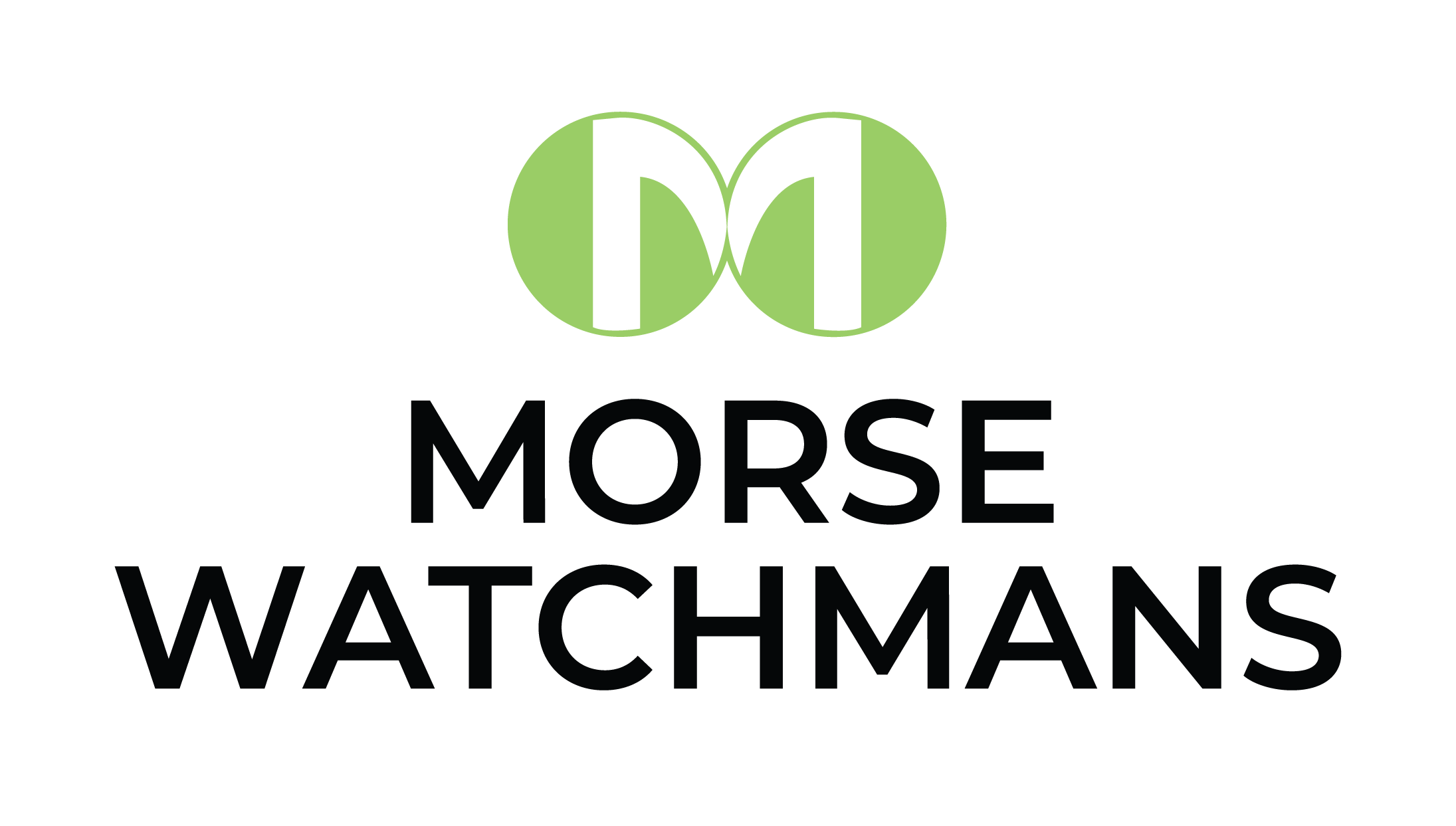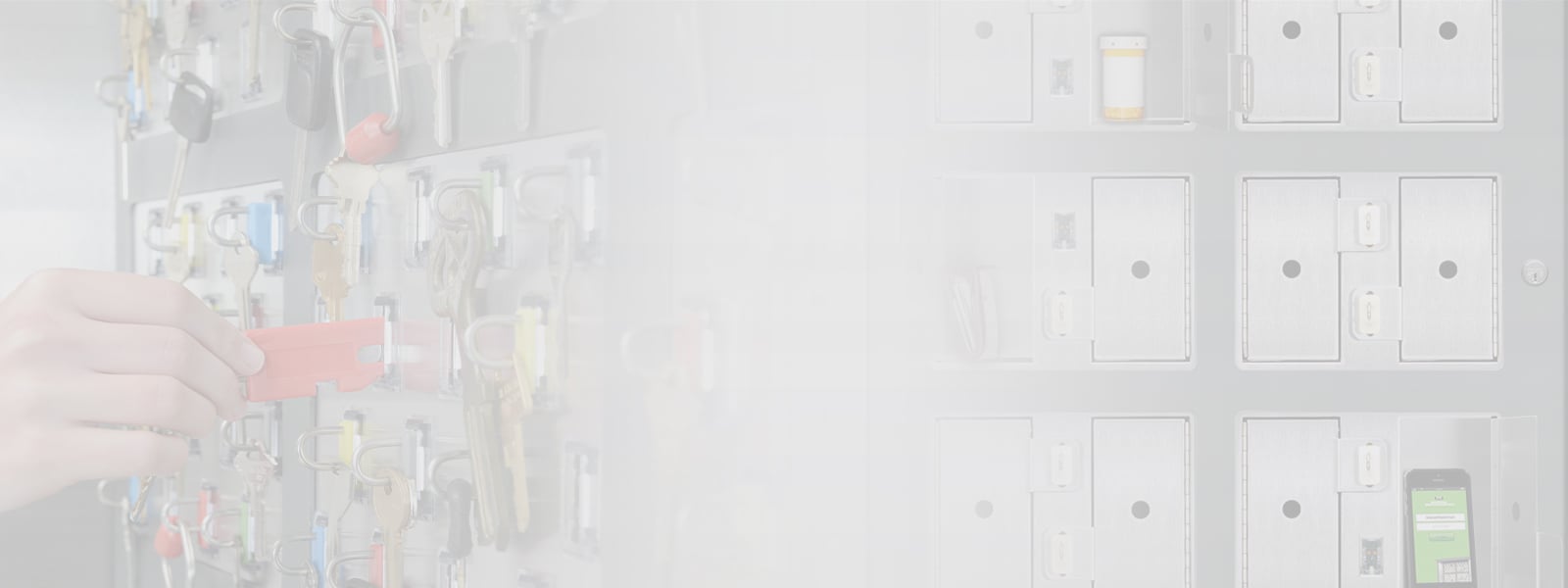The Interstate Highway system is a 47,000 mile network of freeways that crisscrosses the American landscape. Critical to America’s mobility, it is estimated that one quarter of all vehicle miles driven in the country are driven on the Interstate system. Individual states are responsible for maintaining and rehabilitating the roads, rest stops and scenic areas in their regions. Equipment, vehicles and other maintenance items are stored at regional centers where automated key control systems are used to hold and track keys needed for the job.
Compared to a manual storage and tracking system, automated key management systems offer several advantages when multiple users are involved. Only authorized users can access keys and all key activity is automatically tracked. Keys are secured in a tamper-proof cabinet and can only be accessed when the user enters their PIN code or swipes their ID access badge, depending on how the system is set up. Access to the cabinet is 24/7 and supervisory personnel need not be present to authorize permission.
Road repair is often done at night and requires equipment, vehicles, lights, generators and so on. Keys for these items can be secured in the key cabinet and when accessed the system tracks who took which key and when, how long the key was out, when it was returned and by whom. Keys for equipment belonging to contractors can also be stored in the cabinets and temporary access permissions granted to contractor employees.
Status reports of all key activity can be monitored live over a network or reports can be scheduled to run on a regular basis, as needed or in the event of an incident (i.e. unauthorized key removal attempt or a missing key). The information can be used to track key usage for a vehicle that was returned damaged or to verify that facilities at rest stops are being cleaned per policy.
Scalable key control and management systems with tracking software offer multi-site transportation facilities increased security and control to help prevent unauthorized key access as well as reducing the number of lost or misplaced keys. With shrinking state budgets and increased accountabilities, an automated key control system is a valuable piece of equipment for state transportation departments.



